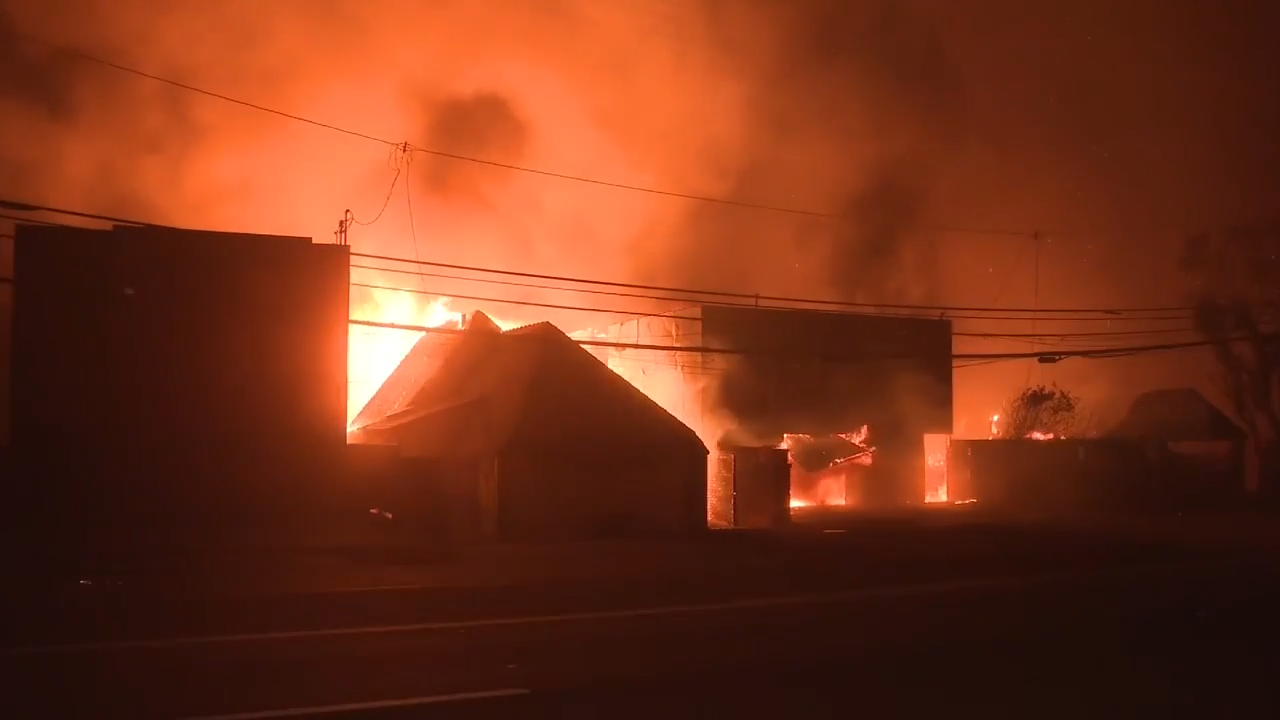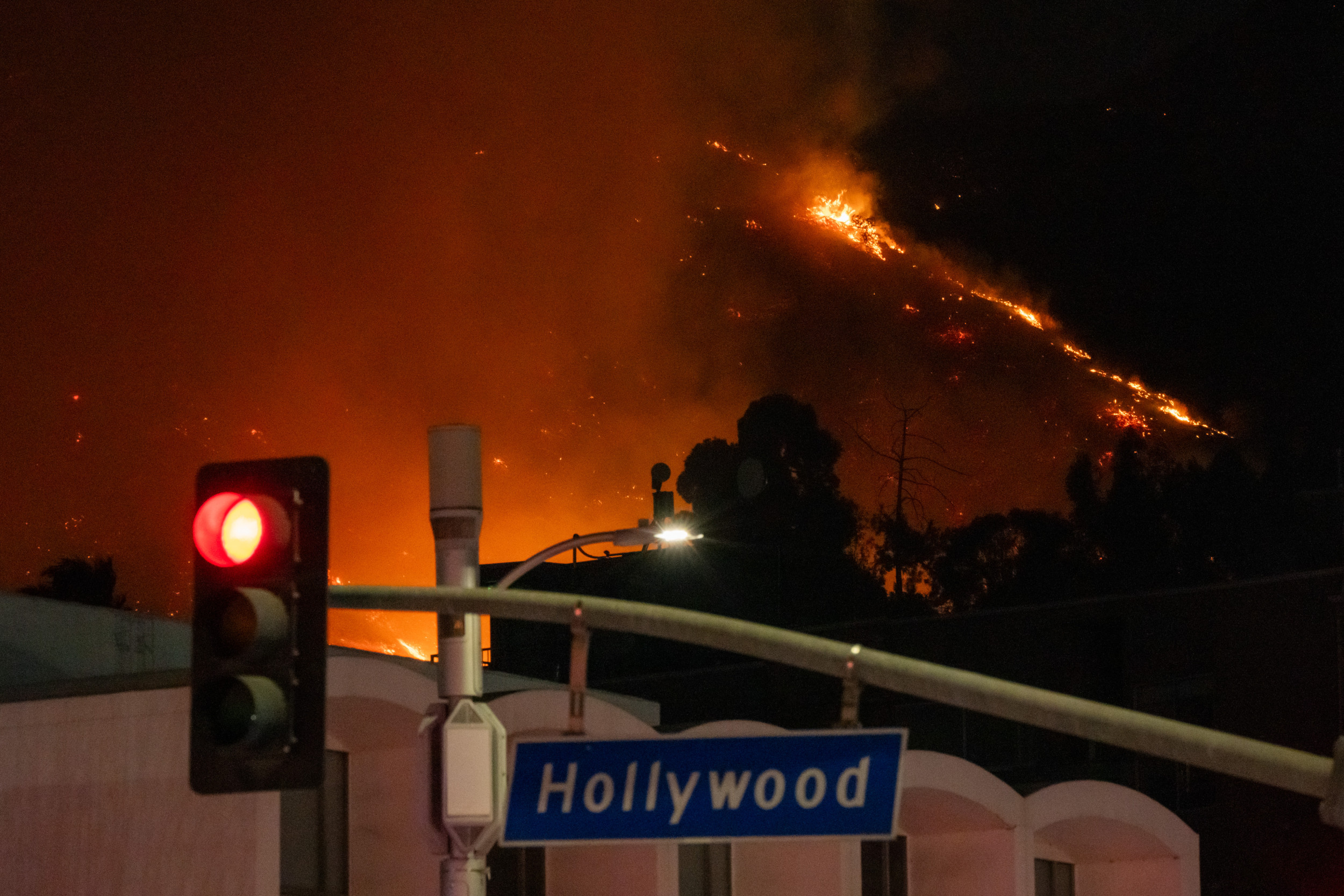Hollywood Inferno: The Explosive Secrets Behind the Biggest Studio Fires
In the world of Hollywood, where glamour and glitz reign supreme, the concept of fire safety may seem like a far-fetched idea. But, as we've seen time and again, even the most seemingly fireproof studios can fall victim to devastating blazes. In this article, we'll delve into the explosive secrets behind some of the biggest studio fires in Hollywood history, exploring the root causes, consequences, and lessons learned from these catastrophic events.
From the opulent sets of 20th Century Fox to the storied soundstages of Paramount Pictures, the Hollywood studios have been the epicenter of entertainment for generations. However, behind the glitz and glamour, there lies a complex network of intricate systems, behind-the-scenes logistics, and meticulous safety protocols that ensure a smooth production process. Or so it would seem.
Despite the best efforts of safety professionals, equipment suppliers, and film industry experts, studio fires remain an unfortunate reality. With reports of costly damage, creative setbacks, and even loss of life, these incidents can have far-reaching consequences that ripple throughout the entertainment industry. In this article, we'll explore the common causes, contributing factors, and long-term effects of studio fires in Hollywood, shedding light on the often-overlooked world of fire safety in the film industry.
The Anatomy of a Studio Fire
Studio fires are often the result of a combination of factors, including faulty equipment, human error, and neglect. Some of the most common causes of studio fires include:
- Electrical malfunctions, such as overheated wiring or faulty circuit breakers
- Improper use of special effects equipment, such as pyrotechnics or flames
- Insufficient maintenance of fire suppression systems
- Human error, such as leaving equipment unattended or failing to follow safety protocols
The consequences of a studio fire can be devastating, with costs ranging from millions to tens of millions of dollars. Not only can the financial impact be crippling, but studio fires can also lead to creative setbacks, production delays, and even loss of life. In the following sections, we'll explore some of the most notable studio fires in Hollywood history, examining the root causes, consequences, and lessons learned from these catastrophic events.
The 2008 Fox Studio Fire
One of the most significant studio fires in recent Hollywood history was the 2008 blaze at 20th Century Fox's Culver City studios. The fire, which occurred on November 12, 2008, damaged over 200,000 square feet of production space, including several soundstages and office buildings.
According to reports, the fire was caused by an electrical malfunction, which was allegedly due to a faulty wiring system. The incident resulted in an estimated $2.5 million in damages and forced the studio to suspend production on several ongoing projects.
The Fox studio fire served as a wake-up call for the film industry, highlighting the importance of fire safety protocols and regular maintenance of fire suppression systems. In the aftermath of the incident, the Los Angeles Fire Department (LAFD) conducted a thorough investigation, identifying several contributing factors to the blaze, including inadequate electrical wiring and poor communication between studio personnel.
Lessons Learned from the Fox Studio Fire
The Fox studio fire provided a stark reminder of the importance of fire safety in the film industry. Some key takeaways from this incident include:
- The need for regular maintenance of fire suppression systems, including weekly inspections and monthly testing
- The importance of adequate electrical wiring and circuit breakers
- The importance of clear communication between studio personnel, including production staff, maintenance teams, and fire safety experts
- The need for comprehensive fire safety training and education for film industry professionals
The 2013 Paramount Pictures Fire
In 2013, a devastating fire broke out at Paramount Pictures' Ranch studio in Los Angeles. The blaze, which occurred on October 23, 2013, damaged over 1,500 square feet of production space, including several soundstages and prop storage areas.
According to reports, the fire was caused by an electrical malfunction, which was allegedly due to a faulty wiring system. The incident resulted in an estimated $5 million in damages and forced the studio to suspend production on several ongoing projects.
The Paramount Pictures fire served as a stark reminder of the importance of fire safety protocols and regular maintenance of fire suppression systems. In the aftermath of the incident, the LAFD conducted a thorough investigation, identifying several contributing factors to the blaze, including inadequate electrical wiring and poor communication between studio personnel.
Lessons Learned from the Paramount Pictures Fire
The Paramount Pictures fire provided a stark reminder of the importance of fire safety in the film industry. Some key takeaways from this incident include:
- The need for regular maintenance of fire suppression systems, including weekly inspections and monthly testing
- The importance of adequate electrical wiring and circuit breakers
- The importance of clear communication between studio personnel, including production staff, maintenance teams, and fire safety experts
- The need for comprehensive fire safety training and education for film industry professionals
The Future of Fire Safety in Hollywood
As the film industry continues to evolve and grow, it's essential that fire safety protocols remain at the forefront of production planning. By examining the causes and consequences of studio fires, film industry professionals can identify areas for improvement and implement proactive measures to prevent future incidents.
Some key strategies for improving fire safety in Hollywood include:
- Regular maintenance of fire suppression systems, including weekly inspections and monthly testing
- Implementation of comprehensive fire safety training and education programs for film industry professionals
- Improved communication between studio personnel, including production staff, maintenance teams, and fire safety experts
- Increased transparency and accountability within the film industry, including regular audits and safety inspections
By prioritizing fire safety and implementing proactive measures, the film industry can continue to thrive
Jules Ari
London Hammer
Mingus Reedus
Article Recommendations
- Honey Toon
- Rami Malek Portiaoubleday
- Morgan Vera
- Mike Lindell Wife 2024
- Joyymei
- Sam Frank Fans
- Breckie Hill
- Rita Coolidge
- Claire Rushbrook
- Brandon Hantz



